Difference between revisions of "USS Macon"
From D-day: wiki
m |
m |
||
| (2 intermediate revisions by the same user not shown) | |||
| Line 3: | Line 3: | ||
| type=[[Unit Types#Carrier|Aircraft Carrier]] | | type=[[Unit Types#Carrier|Aircraft Carrier]] | ||
| owner=[[America]] | | owner=[[America]] | ||
| − | | year= | + | | year=1931 |
| − | | length= | + | | length=239 m |
| − | | width= | + | | width=40 m |
| − | | height= | + | | height=44 m |
| weight= | | weight= | ||
| − | | speed= | + | | speed=128 km/h |
| armour= | | armour= | ||
| − | | wep1= | + | | wep1=[[Curtiss F9C Sparrowhawk|F9C Sparrowhawk]] |
}} | }} | ||
| Line 18: | Line 18: | ||
|title=History | |title=History | ||
|content= | |content= | ||
| + | |||
| + | The USS Macon and it's sister ship the USS Akron are the second largest airships ever built, beaten by the German Hindenburg by only a few meters. They do however hold the distinction of being the only flying aircraft carriers ever built. Designed by the Goodyear Aircraft company in the early 1930's the Akron and Macon used an experimental trapeze system they could launch and recover up to five [[Curtiss F9C Sparrowhawk|F9C Sparrowhawk]] planes from an internal hanger. Sadly the USS Akron was destroyed in April 1933 when it encountered a storm off the cost of New England and crashed into the sea, out of the 76 on board only 3 survived making it the greatest loss of life in an airship crash. During February 1935 the USS Macon also also found itself caught in a severe storm off the California cost, suffering structural failure it landed in the sea. Following the loss of the Akron life jackets and inflatable rafts where added to the Macon, which resulted in nearly the entire crew surviving. With the loss of both airships development of flying aircraft carriers was stopped. | ||
| Line 27: | Line 29: | ||
{{Timeframe | {{Timeframe | ||
| + | |prewar=yes | ||
| + | |earlywar=yes | ||
|totalwar=yes | |totalwar=yes | ||
| Line 43: | Line 47: | ||
|content= | |content= | ||
image:macon.jpg{{!}} | image:macon.jpg{{!}} | ||
| + | image:macon_plan.jpg{{!}} | ||
| + | image:macon_01.jpg{{!}} | ||
| + | image:macon_02.jpg{{!}} | ||
| + | image:macon_03.jpg{{!}} | ||
| + | image:macon_04.jpg{{!}} | ||
| + | image:macon_05.jpg{{!}} | ||
| + | image:macon_06.jpg{{!}} | ||
}} | }} | ||
Latest revision as of 13:11, 24 November 2015
| ||||||||||||||||||||||||||||
History
The USS Macon and it's sister ship the USS Akron are the second largest airships ever built, beaten by the German Hindenburg by only a few meters. They do however hold the distinction of being the only flying aircraft carriers ever built. Designed by the Goodyear Aircraft company in the early 1930's the Akron and Macon used an experimental trapeze system they could launch and recover up to five F9C Sparrowhawk planes from an internal hanger. Sadly the USS Akron was destroyed in April 1933 when it encountered a storm off the cost of New England and crashed into the sea, out of the 76 on board only 3 survived making it the greatest loss of life in an airship crash. During February 1935 the USS Macon also also found itself caught in a severe storm off the California cost, suffering structural failure it landed in the sea. Following the loss of the Akron life jackets and inflatable rafts where added to the Macon, which resulted in nearly the entire crew surviving. With the loss of both airships development of flying aircraft carriers was stopped.
References
. . . .
Time Frames
| 1930 - 1940: Pre-War |
1940 - 1942: Early-War |
1942 - 1944: Mid-War |
1944 - 1945: Late-War |
1945 - 1960: Post-War |
1930 - 1960: Total-War |
|
| Buildable | Yes | Yes | Yes | |||
| Bonus Crate | Yes | Yes | Yes | Yes | Yes | Yes |
. . . .
Comments
. . . .
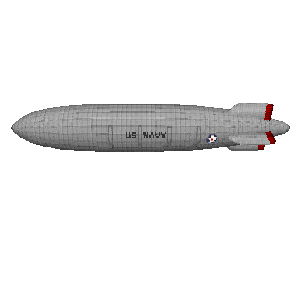

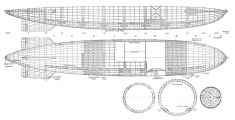

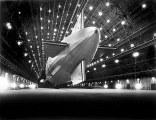
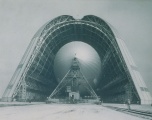
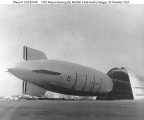

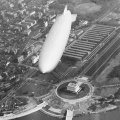
Enable comment auto-refresher